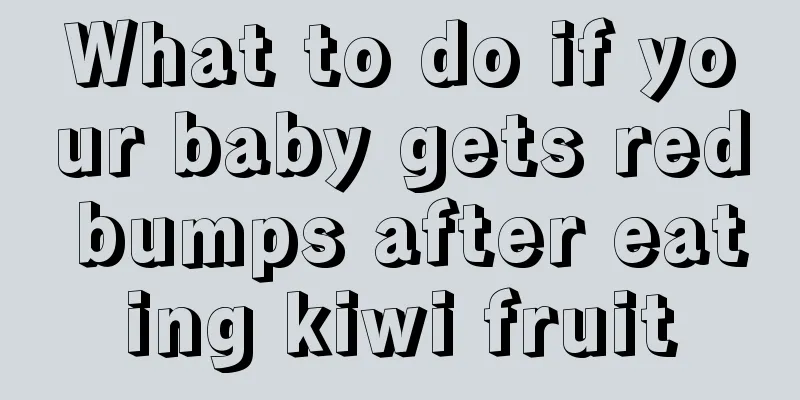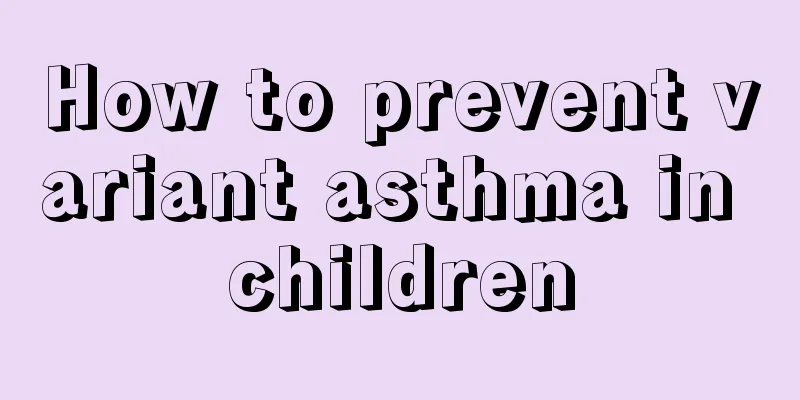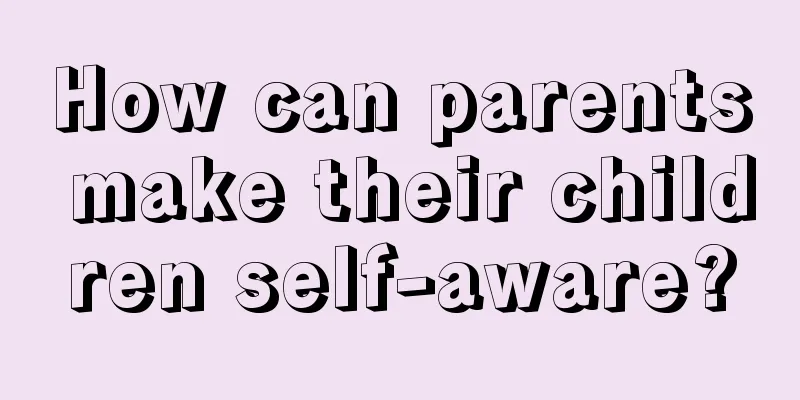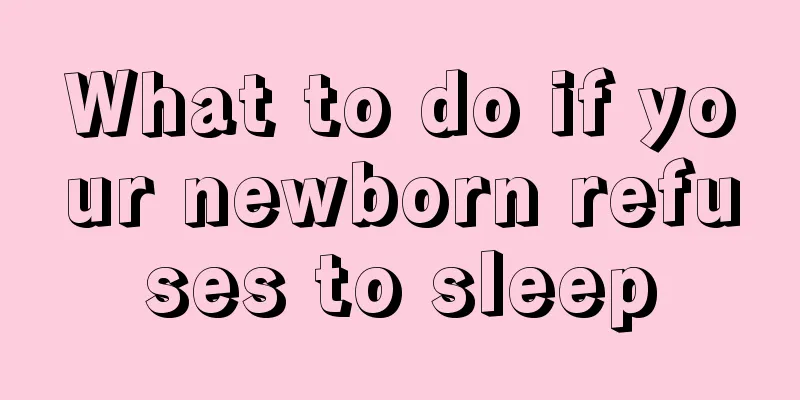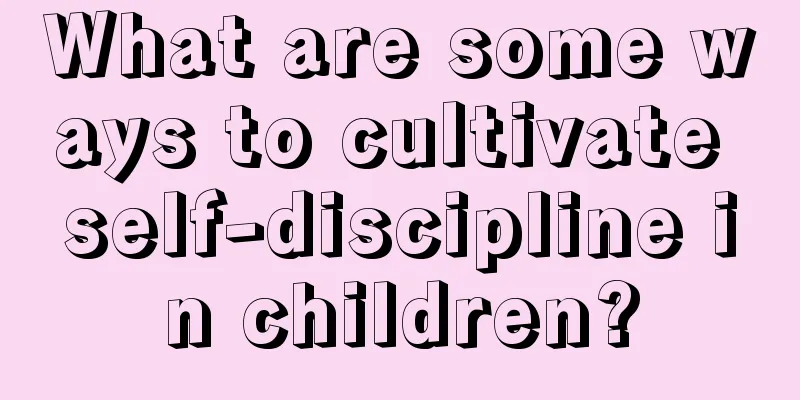How to care for children with fever and cold hands and feet
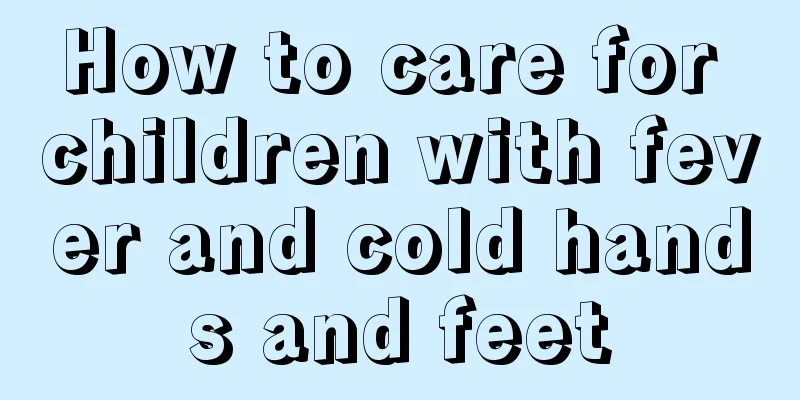
|
Cold hands and feet are a common symptom in children with fever. Parents are very worried when children have fever and cold hands and feet. They don’t know how to help their children treat this symptom. In fact, there are many reasons for children with fever and cold hands and feet. Parents should not only help their children prevent this symptom in daily life, but also need to master the care methods for children with fever and cold hands and feet. Below we will introduce how to care for children with fever and cold hands and feet. 1. Generally, if the baby's fever is below 38.5℃, no antipyretic treatment is needed, and physical cooling should be used; if it is above 38.5℃, appropriate drug antipyretic measures should be used. Physical cooling: Warm water bath, dip a towel in warm water (the water temperature should not be too hot to touch) and wipe the neck, armpits, and thighs for 5 to 10 minutes. You can also use a commercially available "cooling patch" (or a household ice pack) on the forehead to help dissipate heat and reduce temperature. Drug-induced fever reduction: When the above measures are not effective, oral antipyretics can be taken. 2. Drink more water and eat liquid food, such as watermelon juice, to ensure that the body has sufficient energy and water. 3. Ventilate more, pay attention to heat dissipation, wear loose clothes, and avoid wrapping yourself with a quilt. You can use air conditioning in the summer and control the room temperature at around 27℃. Remember to open windows regularly to allow air convection in the room. 4. Get more sleep and ensure adequate sleep can help recover from the disease. During the medication process, parents should be careful not to let their children take a certain type of antipyretic drug for too long. If the fever lasts for more than two days, it is best to switch to another type of medicine. No more than 4 times a day, with at least 4 hours between each session. In the above article, we introduced a symptom that children are prone to, that is, fever and cold hands and feet. We know that there are many reasons for children's fever and cold hands and feet. The above article gives us a detailed introduction on how to care for children with fever and cold hands and feet. |
<<: What causes flat feet in babies?
>>: What is the correct sleeping position for babies?
Recommend
Why is the baby's head circumference too large?
A baby is a fragile little living being. After le...
At what age do children start to change their teeth? How to take care of them during the change of teeth
Each of us will go through the process of tooth r...
Two and a half year old baby suddenly stutters
Stuttering is a common language disorder in young...
How to solve the problem of small blisters on children's fingers
Small blisters on children's fingers may be a...
Feeding knowledge for babies aged 1-2 months
Pay attention to the baby's feeding after bir...
Children's nosebleeds in winter
Children's physical conditions are complex, a...
What are the adverse reactions to the chickenpox vaccine?
Varicella is a highly contagious viral disease th...
There are some tips for babies who don’t want to drink milk bottles.
For some mothers who do not have enough breast mi...
Causes and treatment of febrile seizures in children
Febrile seizures (FC) in children are the most co...
Why does the baby always hum when sleeping?
Babies' bodies are relatively weak, and they ...
Is it okay for children to lose their teeth late?
Teeth are very important to each of us. Once teet...
How much milk should a 2 and a half month old baby take?
Newly born babies need careful care from their pa...
What to do if your baby has bloating
We also know that in life, babies are often prone...
What to do if a 3-year-old child has a hunchback?
Children can also have hunchbacks, and parents sh...
At what age can babies be tested for allergies?
If a person is not aware of his or her allergens,...

